While San Francisco’s museums and Los Angeles’ galleries command international attention, California’s most compelling artistic expressions often exist far from metropolitan centers. Beyond urban boundaries, creative forces have transformed unexpected landscapes into profound artistic statements, free from the constraints of commercial art markets and institutional expectations.
Here is a list of 20 remarkable art destinations across California, which prove that some of the state’s most innovative, authentic, and transformative creative experiences await in its less populated regions.
Salvation Mountain

Rising from the Imperial Valley desert near the town of Niland, this vibrantly painted mountain stands as a monument to folk artist Leonard Knight’s devotion. The massive structure, covered in half a million gallons of donated paint forming colorful patterns and biblical verses, demonstrates the raw creative impulse unbounded by formal training or institutional support.
The surrounding area has attracted other alternative artists, creating a unique community at the literal margins of Californian society.
Noah Purifoy Outdoor Desert Art Museum
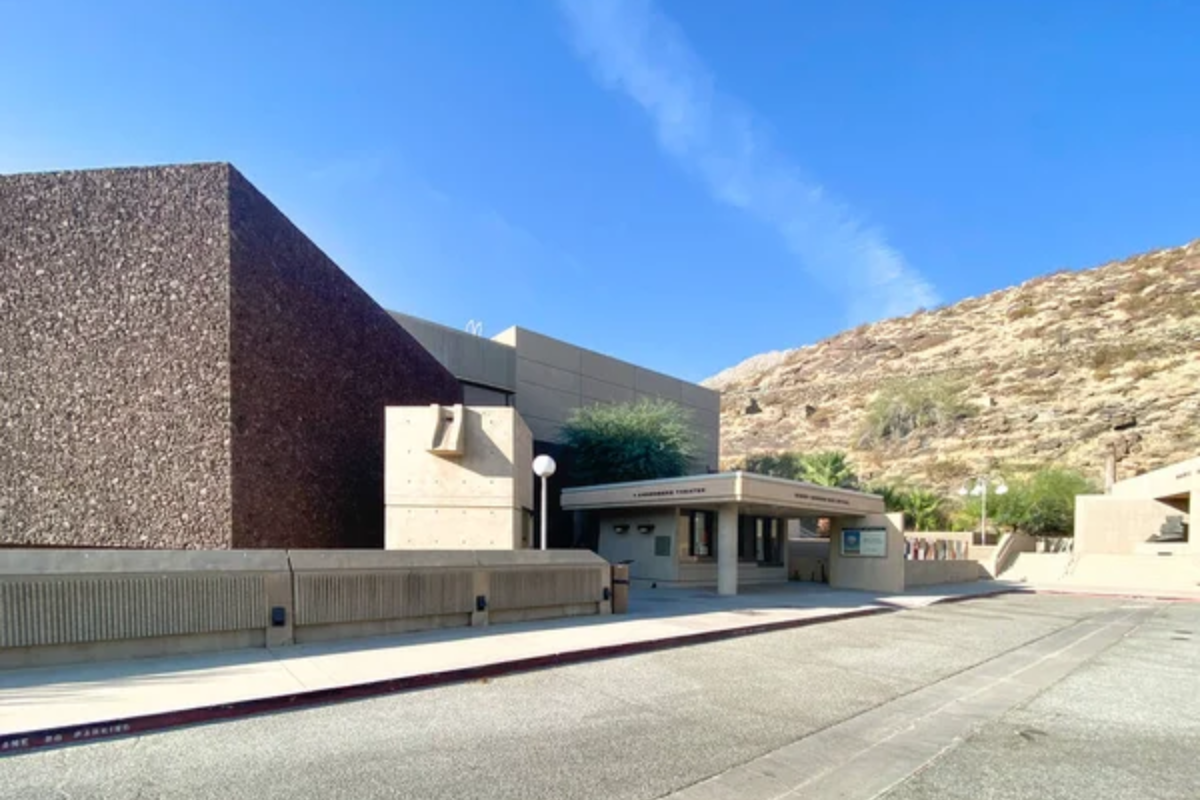
Joshua Tree’s harsh landscape provides the backdrop for this ten-acre museum featuring assemblage sculptures created from society’s discarded materials. Purifoy, who began his artistic career creating work from the debris of the 1965 Watts uprising, spent his final years creating monumental structures that interrogate American society while slowly transforming under desert conditions.
The juxtaposition of human-made objects against ancient geological formations creates a meditation on permanence and temporality that is impossible in climate-controlled gallery spaces.
Like Travel Pug’s content? Follow us on MSN.
Empire Mine State Historic Park
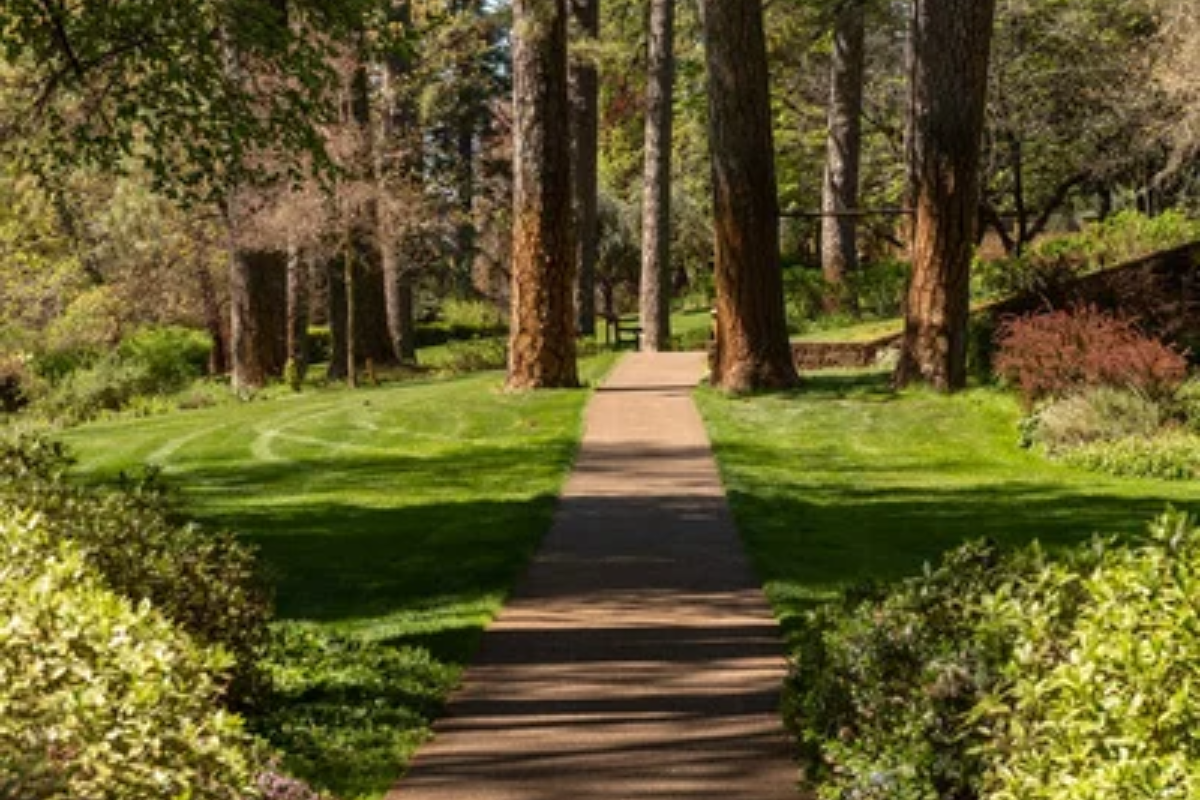
This Nevada County site transforms industrial history into environmental art through its contrast of human engineering and natural reclamation. The 367 miles of abandoned gold mine shafts beneath visitors’ feet represent extraction’s invisible consequences, while the elegant owners’ cottages and formal gardens reveal mining wealth’s visible manifestations.
The site’s continued evolution as nature gradually reclaims industrial structures creates an unintentional but powerful artistic statement about humanity’s relationship with California’s landscape.
Glass Beach
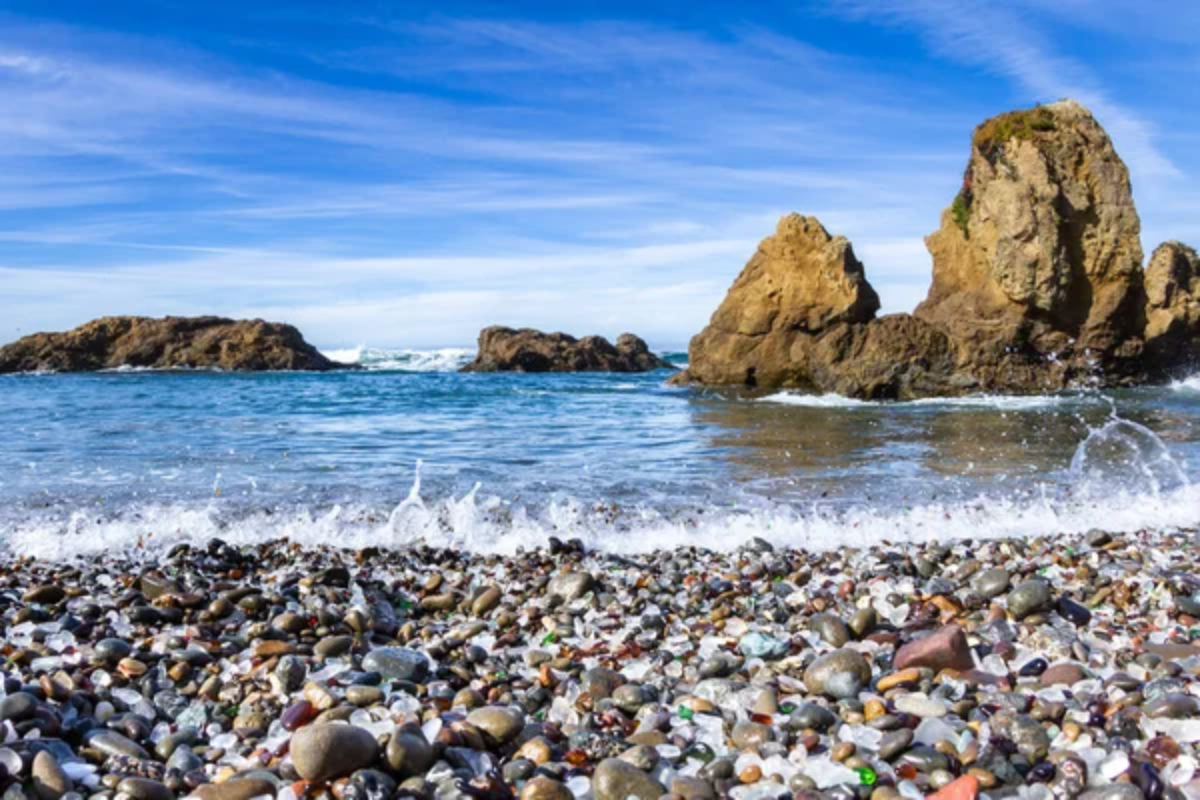
Near Fort Bragg, this unusual beach demonstrates nature’s artistic transformation of human waste into unexpected beauty. Ocean waves have tumbled decades of discarded bottles dumped at the former municipal waste site into smooth, colorful glass pebbles covering the shoreline.
This unintentional collaboration between human negligence and natural processes creates a contemplative space about consumption, waste, and redemption that is more powerful than any curated exhibition on environmental themes.
Forestiere Underground Gardens
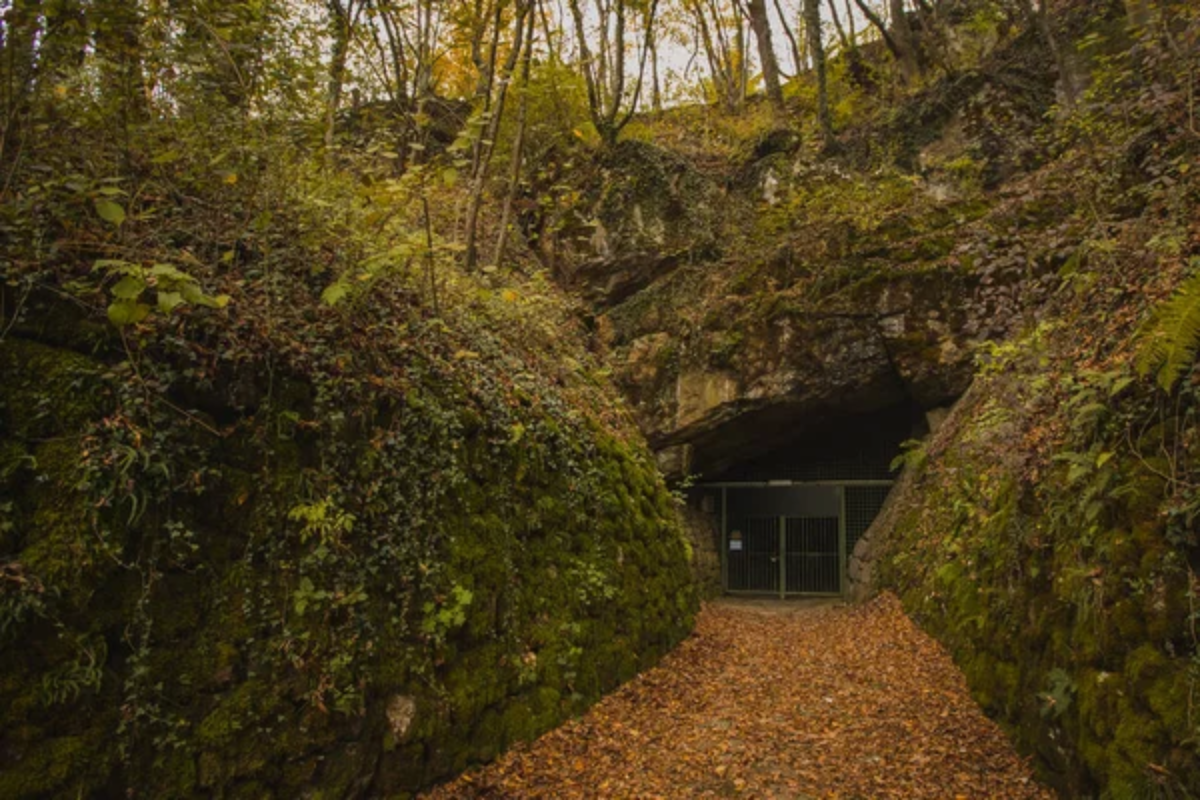
Beneath Fresno’s surface lies a hand-carved network of underground rooms and passages created by Sicilian immigrant Baldassare Forestiere over four decades. The subterranean Mediterranean garden, with its fruit trees growing up through carefully positioned skylights, represents a singular artistic vision that adapted Old World agricultural knowledge to California’s challenging climate.
The growing spaces, with their perfect alignment to seasonal sunlight patterns, merge architectural precision with horticultural artistry in ways no conventional building could achieve.
Like Travel Pug’s content? Follow us on MSN.
Carrizo Plain National Monument
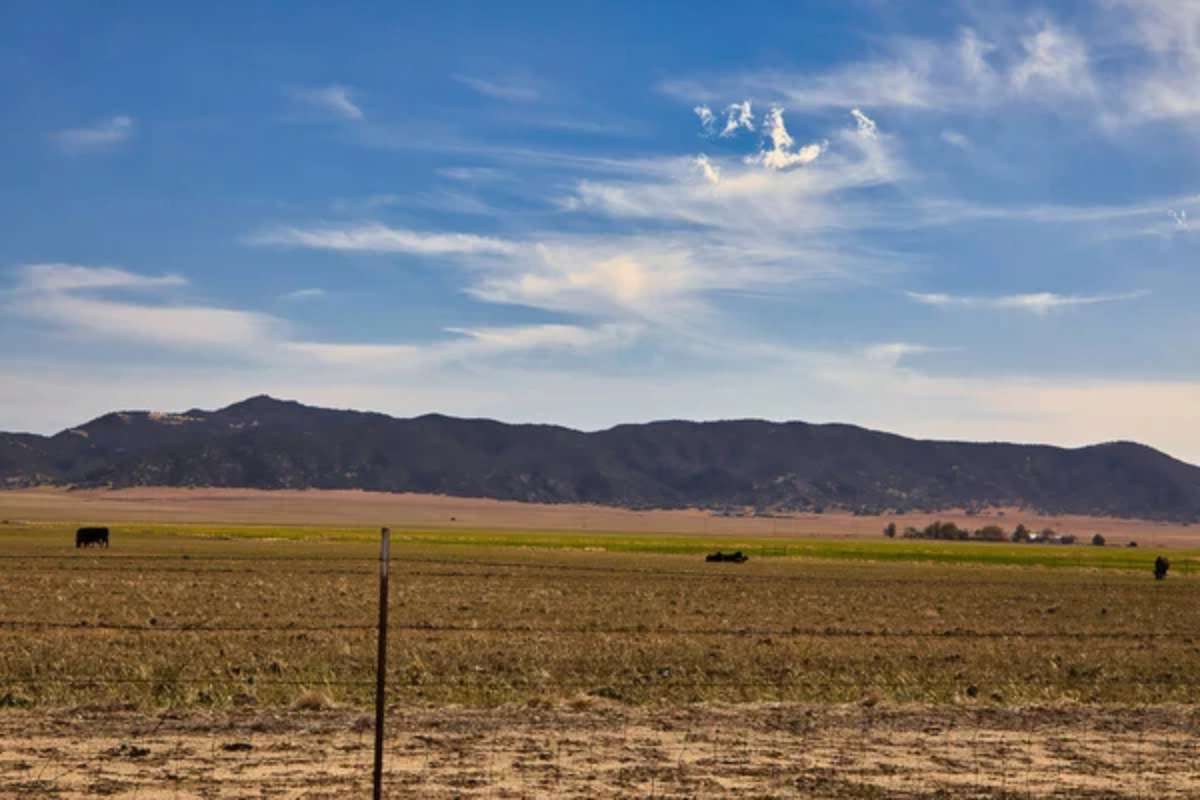
Nature’s artistry takes center stage at this remote grassland where spring wildflowers transform the landscape into vast living color fields that would make abstract expressionists envious. The temporal nature of these blooms—existing briefly before summer heat returns the plain to golden grasses—creates an artistic experience inseparable from time and season.
The ancient Chumash rock art at Painted Rock connects contemporary visitors to California’s original artists who found inspiration in this dramatic landscape thousands of years ago.
Bottle Tree Ranch
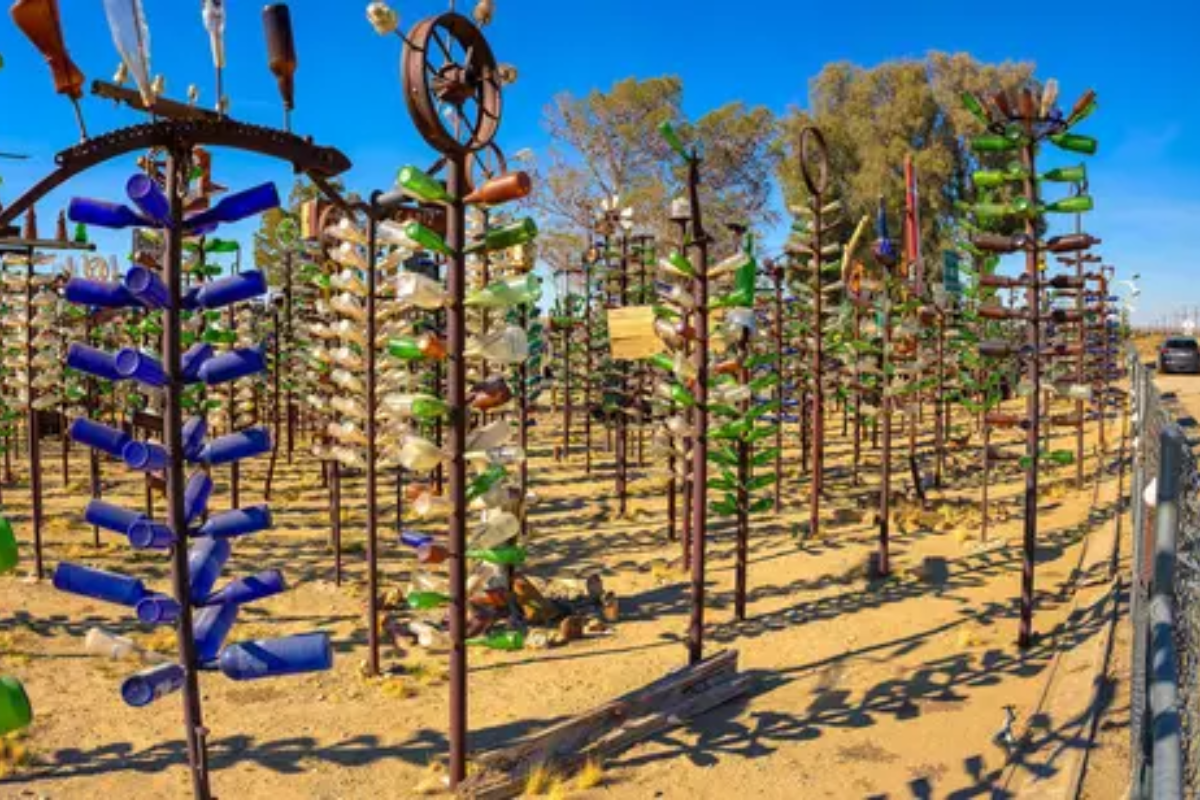
Along Route 66 near Oro Grande, Elmer Long’s forest of bottle trees transforms discarded glass containers into a shimmering, tinkling landscape that changes with every shift in sunlight and breeze. The thousands of bottles mounted on metal poles create an immersive environment, merging folk art traditions with environmental commentary.
The ranch demonstrates how artistic vision can transform a patch of the Mojave Desert into a pilgrimage site, drawing visitors from around the world to a location they would otherwise never encounter.
Lava Beds National Monument

Nature’s sculptural power dominates this northern California site, where ancient volcanic flows created a complex system of caves and surface formations. The interplay of light filtering through lava tube skylights creates ephemeral installations that shift throughout the day in ways no gallery lighting designer could orchestrate.
Indigenous pictographs within these caves connect contemporary visitors to artistic expressions created centuries ago, demonstrating California’s deep artistic heritage predating European arrival.
Like Travel Pug’s content? Follow us on MSN.
Watts Towers
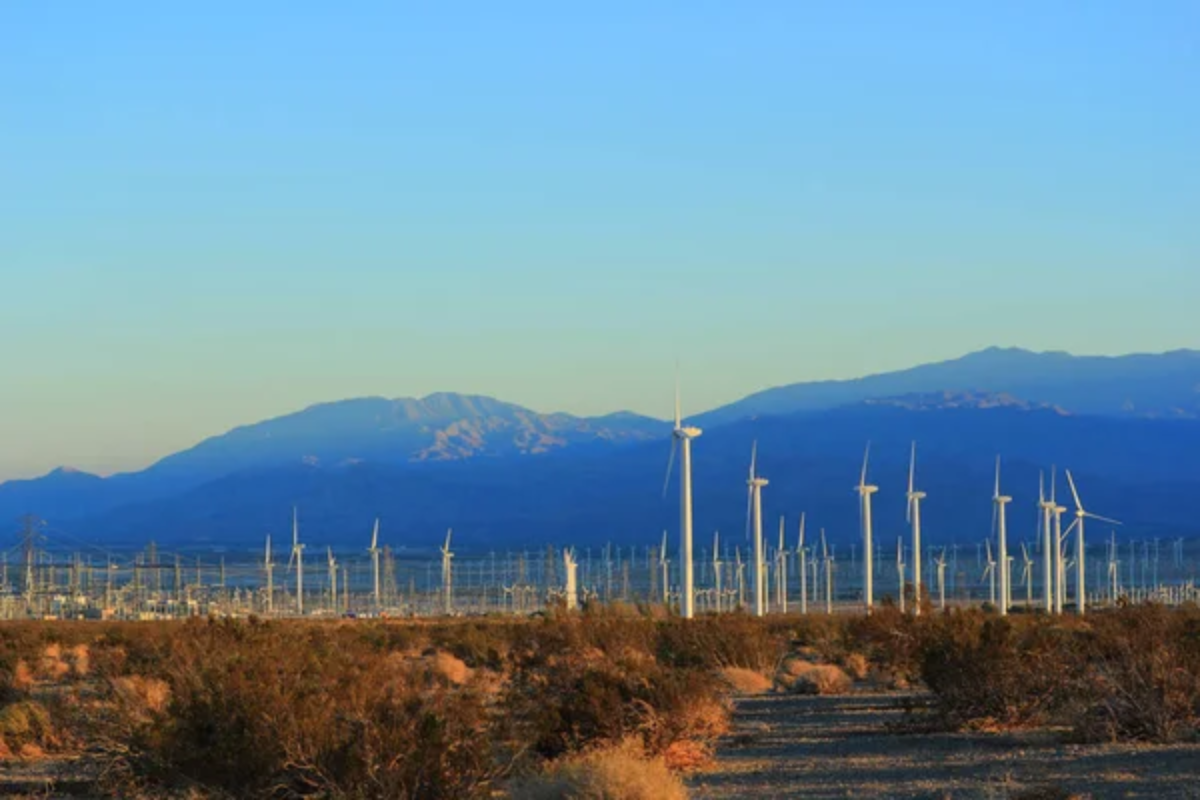
Rising from a working-class Los Angeles neighborhood, these seventeen interconnected structures built by Italian immigrant Simon Rodia represent outsider art at its most monumental. Created over thirty-three years using found materials, including broken pottery, bottles, and seashells, the towers demonstrate artistic determination existing outside institutional support.
Though technically within city limits, the towers’ location in a neighborhood long neglected by cultural institutions represents Califo
Mendocino Headlands State Park

The dramatic meeting of land and sea creates natural sculptures continuously reformed by erosion and tidal forces. Artists have gravitated to this northern coastal region for generations, establishing studios and galleries inspired by the landscape’s artistic dialogue between permanence and change.
The weathered driftwood formations along the shoreline create ephemeral installations reorganized with each winter storm, demonstrating nature’s ongoing creative process beyond human curation.
Ancient Bristlecone Pine Forest
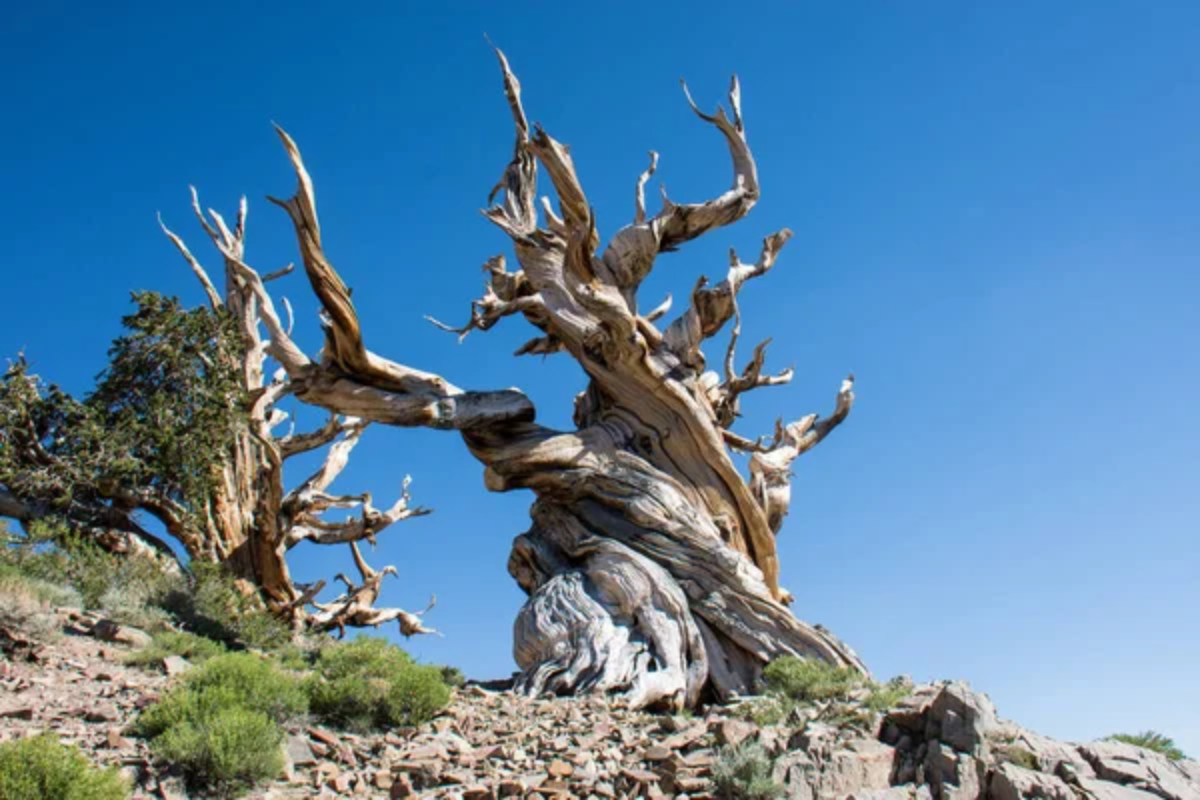
High in the White Mountains, these gnarled trees—some over 4,000 years old—represent nature’s sculptural mastery through their twisted forms shaped by millennia of harsh conditions. The wood’s natural erosion patterns reveal grain formations more intricate than any human woodcarver could achieve.
The forest creates a confrontation with deep time impossible in urban settings, connecting visitors to artistic processes operating on timescales beyond human comprehension.
Like Travel Pug’s content? Follow us on MSN.
Folsom Powerhouse
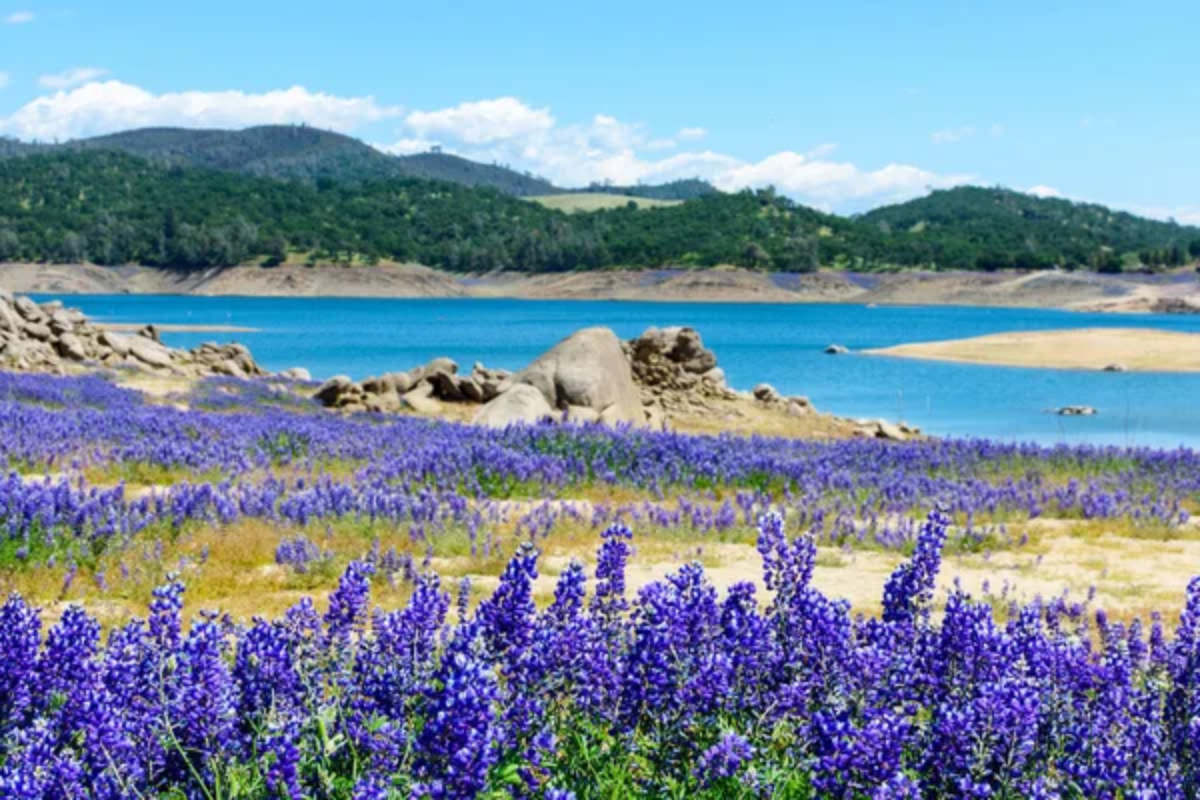
This historic hydroelectric facility transforms industrial architecture into unintentional environmental art through its perfect integration with the American River. The massive generators, with their polished brass components and marble control panels, elevate utilitarian equipment to artistic expression.
The site demonstrates how California’s technological innovations created their aesthetic language outside traditional artistic movements, influencing modernism through forms derived from function rather than abstract theory.
Antelope Valley California Poppy Reserve
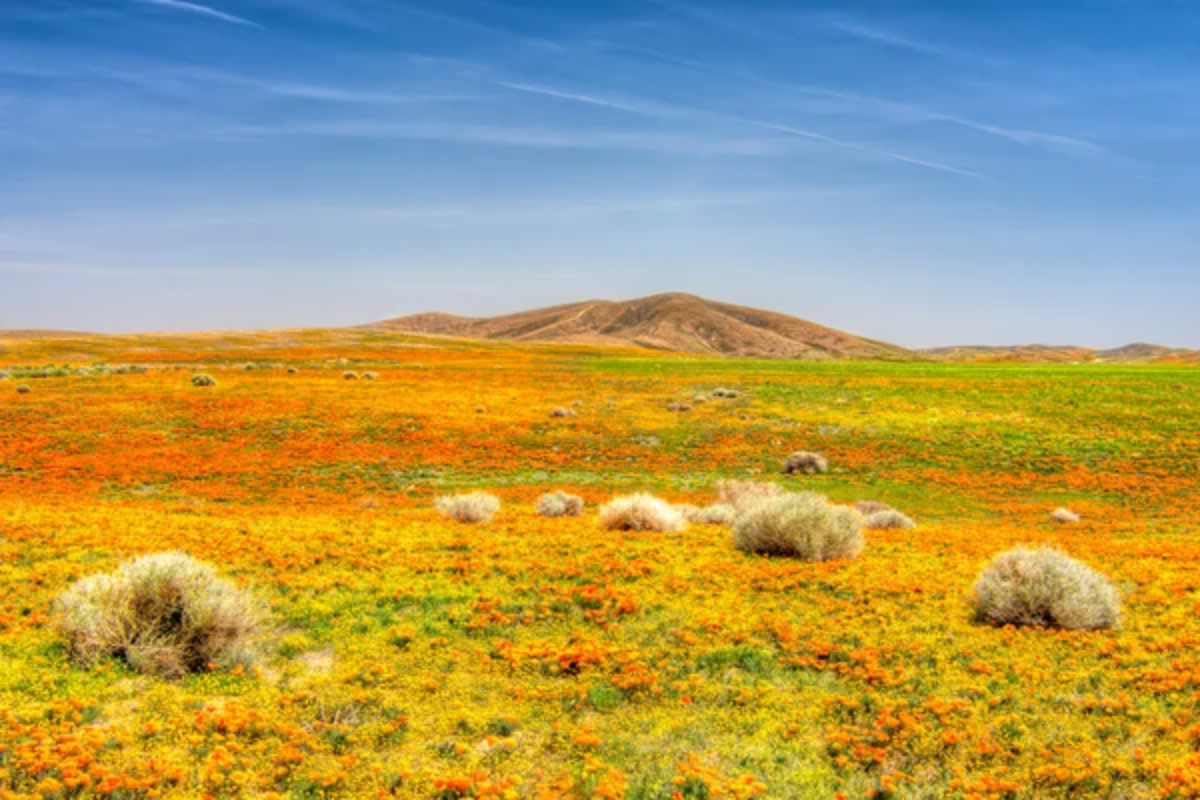
Spring transforms these rolling hills into undulating color fields of orange poppies and purple owl’s clover that abstract expressionist painters might envy. The constantly changing patterns created by wind moving through the blooms add kinetic dimensions impossible in static paintings.
The reserve demonstrates nature’s color theory mastery, creating complementary palettes that shift throughout the blooming season in response to rainfall, temperature, and soil conditions beyond human artistic control.
Burney Falls
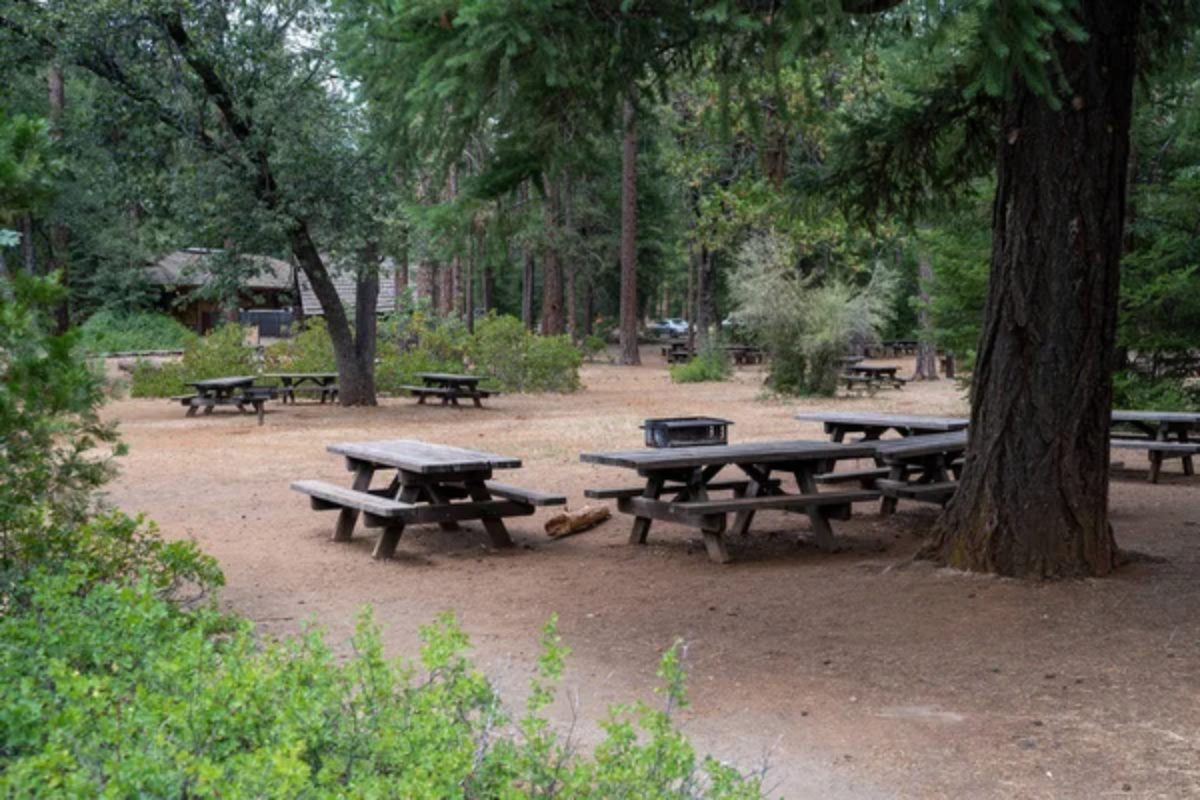
This northern California waterfall creates perpetual environmental installation art through the interaction of light, water, and stone. Unlike manipulated museum lighting, the falls’ appearance transforms radically from sunrise to sunset and across seasons.
The constant movement combined with prismatic effects creates experiences reminiscent of light artists like James Turrell, yet generated entirely through natural processes interacting with geological features formed over millions of years.
Like Travel Pug’s content? Follow us on MSN.
Bodie State Historic Park
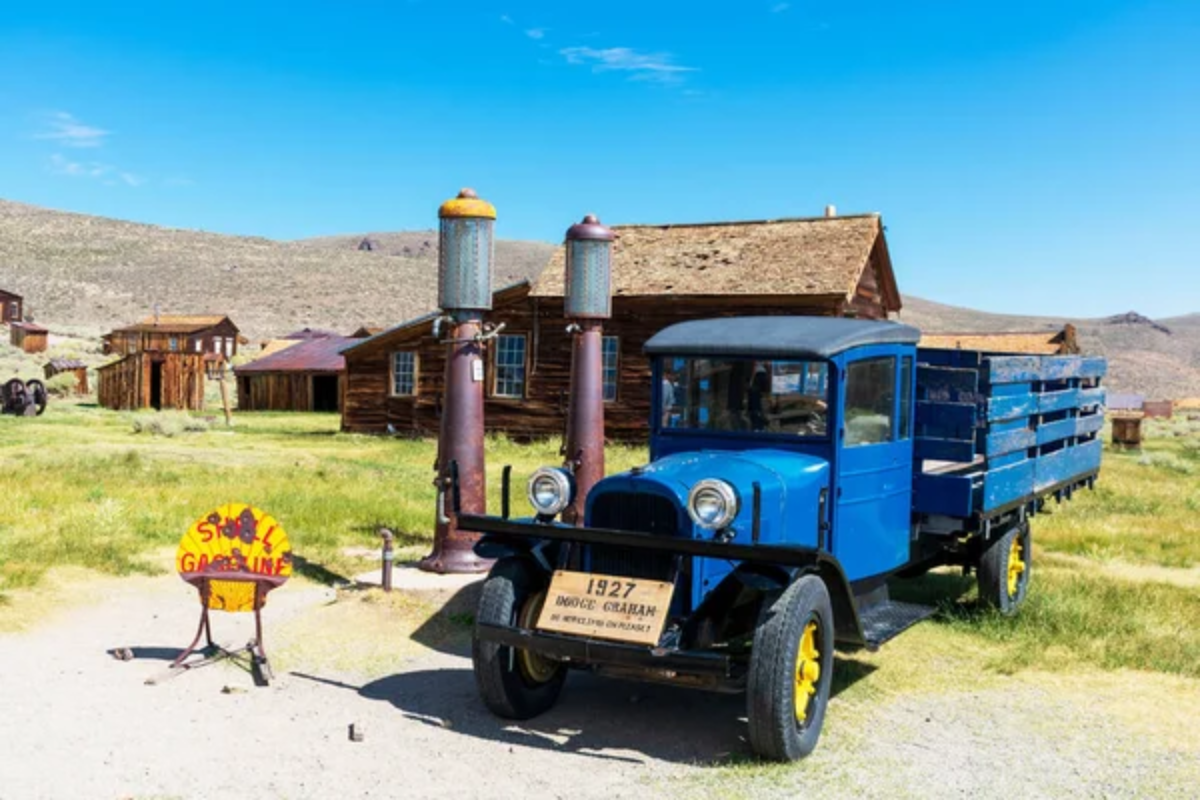
This preserved ghost town creates an unintentional installation of temporality and decay through its policy of “arrested deterioration” rather than restoration. The weathered buildings and scattered artifacts tell California’s boom-and-bust narrative more effectively than any curated museum exhibition.
The high desert light quality transforming the site throughout the day attracts photographers who recognize its visual power as superior to constructed sets attempting to recreate authentic decay.
Lassen Volcanic National Park
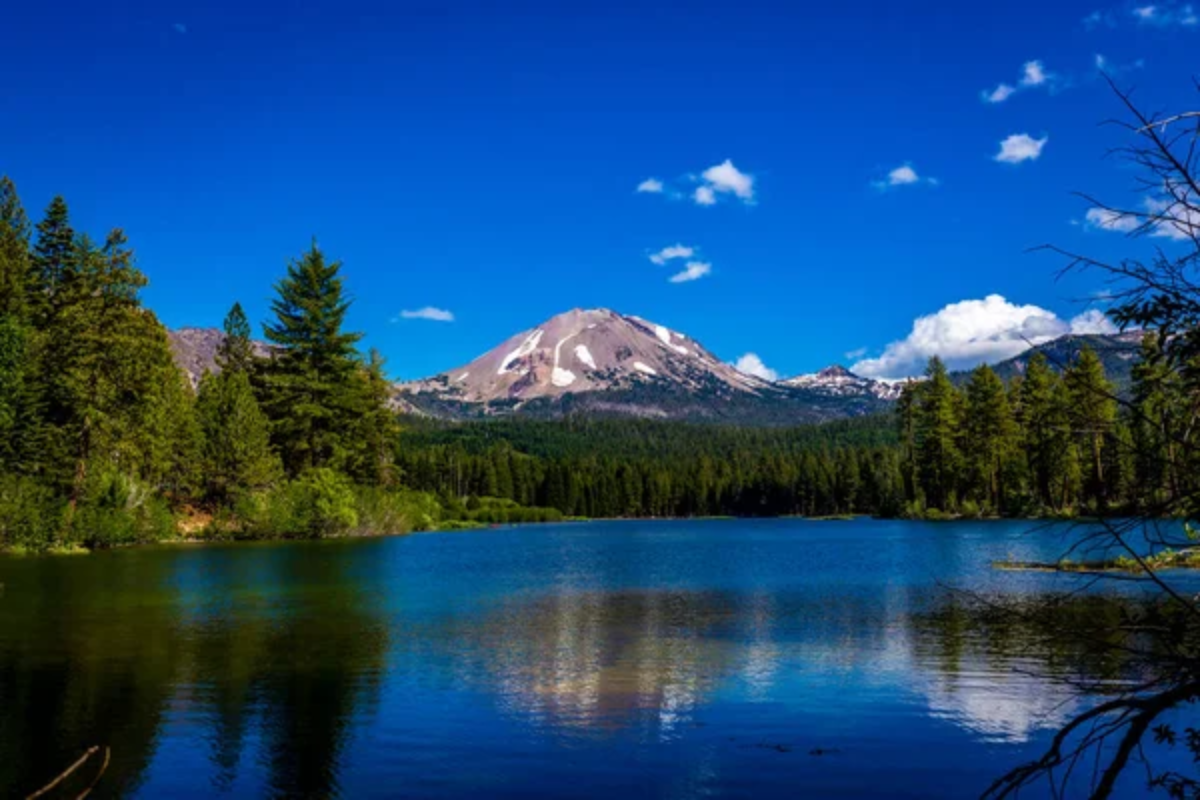
Nature’s ongoing sculptural processes remain visible in this active volcanic landscape where boiling mud pots create continuously evolving earthworks. The stark contrast between snow-covered peaks and steaming thermal features demonstrates environmental tensions that abstract artists struggle to capture.
The vivid mineral colors surrounding hydrothermal areas—sulfur yellows, algae greens, and iron reds—create natural pigment studies that are more vibrant than those of manufactured art materials.
Humboldt Redwoods State Park
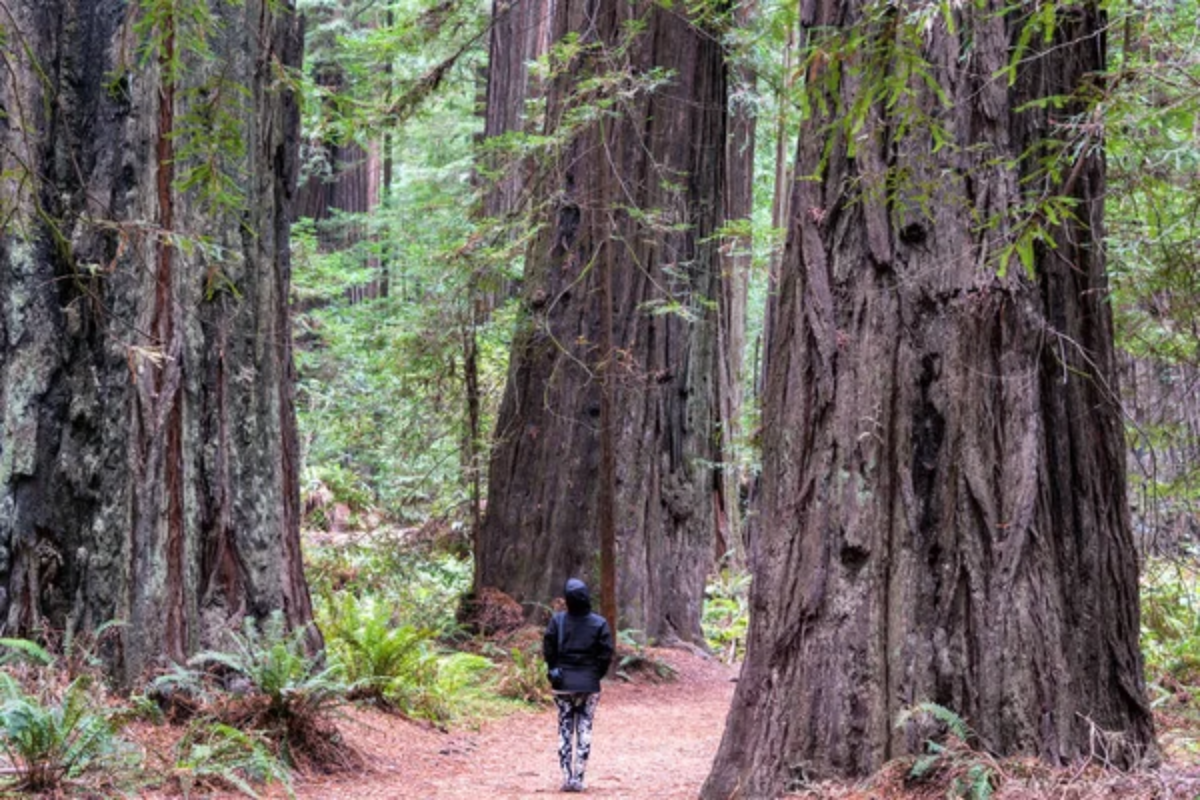
These ancient trees create cathedral-like spaces, generating emotional responses that museum architecture strives to evoke yet rarely achieves. The filtered light through towering canopies produces natural illumination effects that installation artists attempt to recreate with sophisticated technologies.
The fallen nurse logs nurturing new seedlings demonstrate cyclical artistic processes operating across centuries rather than exhibition seasons.
Like Travel Pug’s content? Follow us on MSN.
Joshua Tree National Park
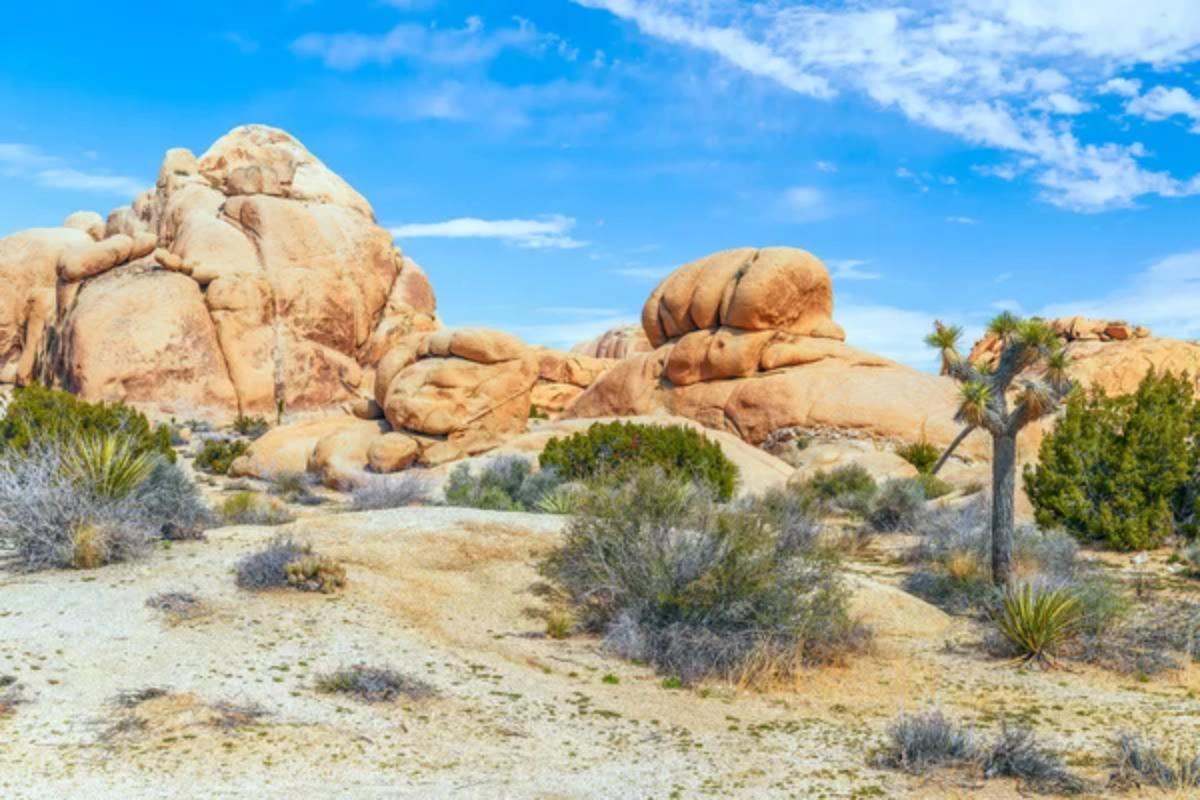
The distinctive silhouettes of Joshua trees against desert skies create living sculptures shaped by evolutionary adaptation to harsh conditions. The massive granite boulder formations, eroded into improbable balancing acts, demonstrate geological processes operating as artistic forces beyond human timescales.
Musicians, writers, and visual artists have drawn inspiration from this landscape for generations, recognizing its inherent creative energy, which exists independent of human intervention.
Point Lobos State Natural Reserve
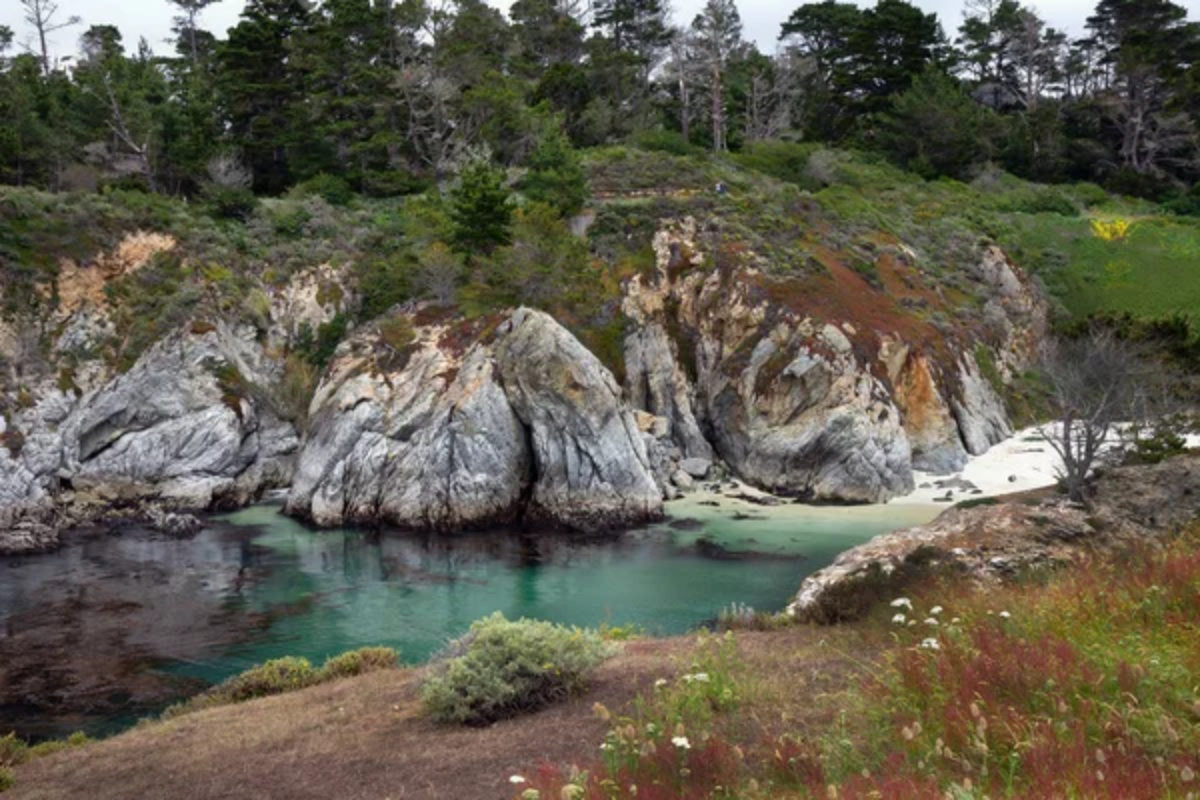
This coastal reserve near Carmel demonstrates nature’s mastery of composition through the perfect arrangement of weathered cypress trees against dramatic rock formations and turquoise waters. Photographers, including Edward Weston and Ansel Adams recognized this landscape’s inherent artistic qualities, using it to develop aesthetic approaches that influenced American visual arts.
The constantly changing light conditions transform familiar views hourly, creating environmental installations that reward repeated visits.
Harmony Headlands State Park
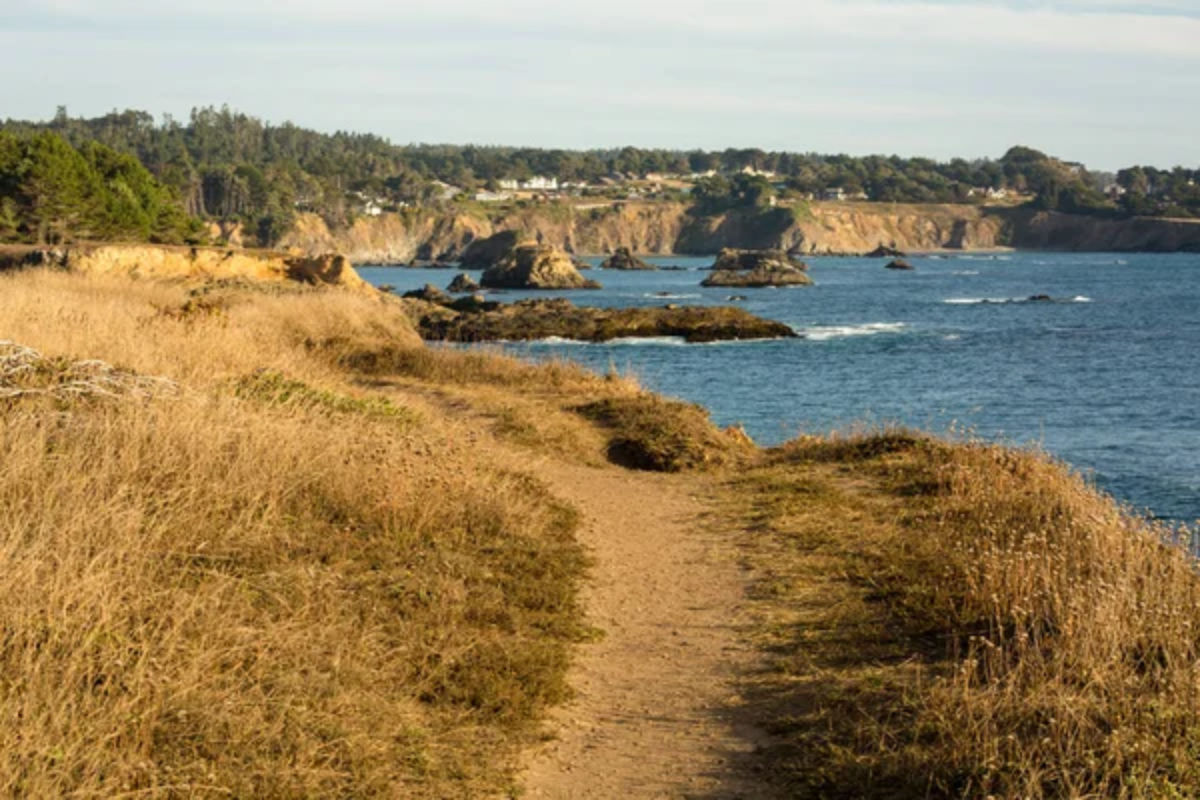
This Central Coast preserve creates expansive minimalist landscapes where rolling grasslands meet ocean horizons in compositions reminiscent of color field paintings. The restricted palette of gold grasses, blue water, and gray fog banks demonstrates nature’s restraint, which generates an emotional impact through simplicity.
The protected status ensures these views remain undisturbed by development, preserving California’s natural aesthetic heritage alongside its built architectural treasures.
Like Travel Pug’s content? Follow us on MSN.
Beyond Gallery Walls
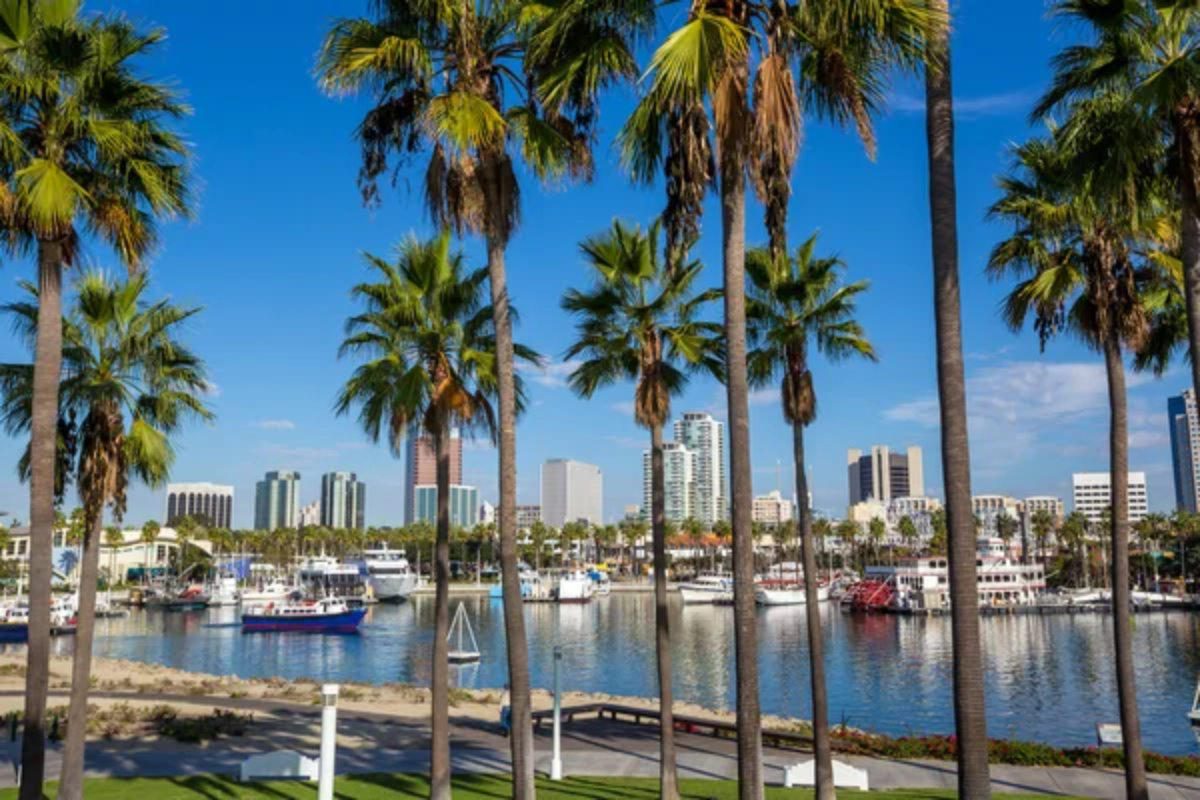
California’s most profound artistic experiences often emerge from the direct encounter between human creativity and the state’s extraordinary landscapes. These rural and natural spaces offer artistic expressions unbounded by commercial constraints, institutional frameworks, or urban expectations.
The art found in these places doesn’t just represent California—it emerges directly from the land itself, whether through human hands working in conversation with their environment or through natural processes creating beauty without human intervention. These experiences remind us that art exists not primarily in climate-controlled rooms but in the living relationship between creative impulse and the remarkable California landscapes that have inspired generation after generation to see, create, and preserve beauty in unexpected places.
More from Travel Pug

- Cities Growing so Fast You Won’t Recognize Them in 10 Years
- 13 Destinations Where Tourists Regularly Regret Their Trip
- 20 Obscure WWII Sites Even History Buffs Don’t Know About
- 10 Under-the-Radar Mountain Towns That Are Both Affordable and Beautiful
- Remote Villages in Europe Where You Can Live for Free in Exchange for Work
Like Travel Pug’s content? Follow us on MSN.
